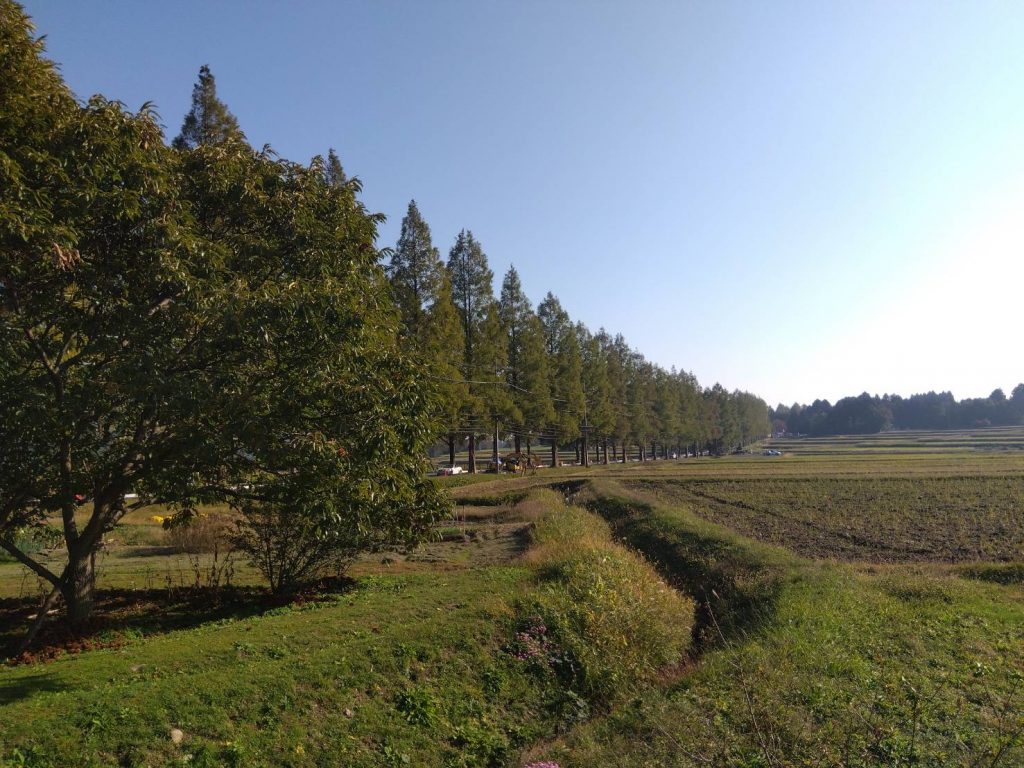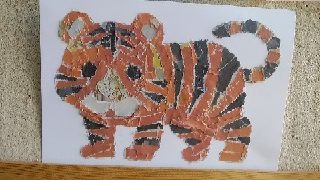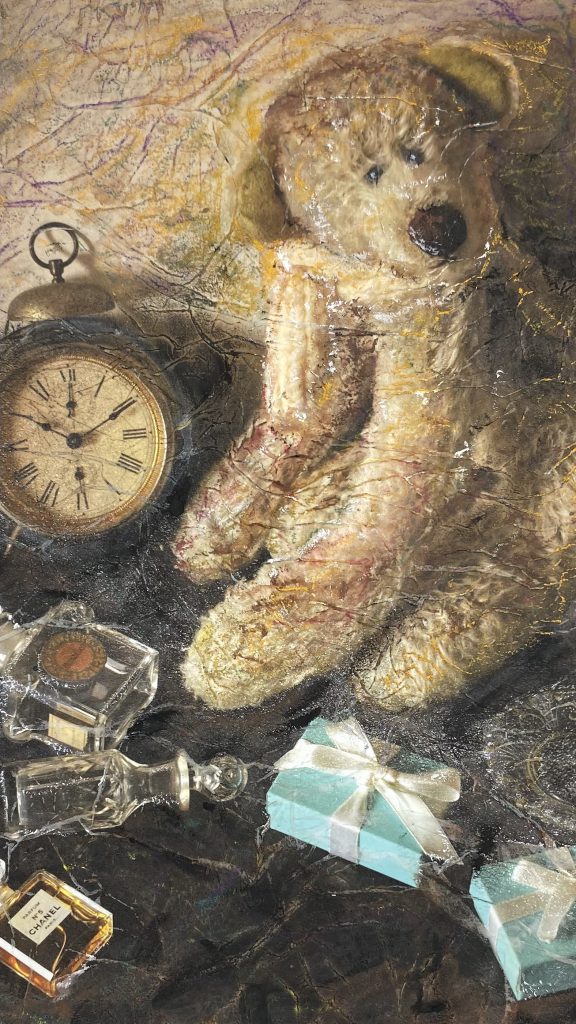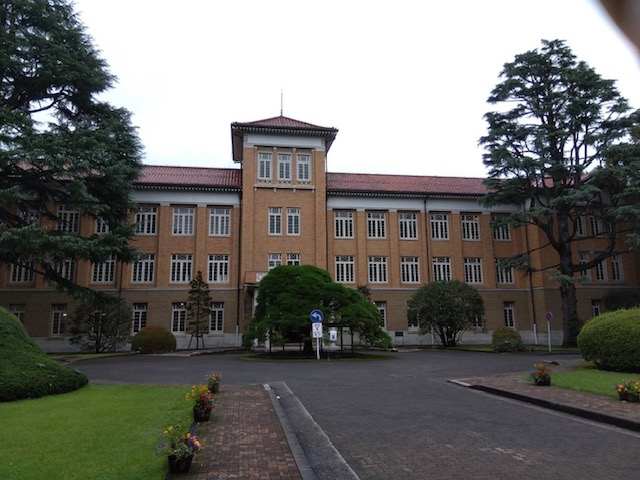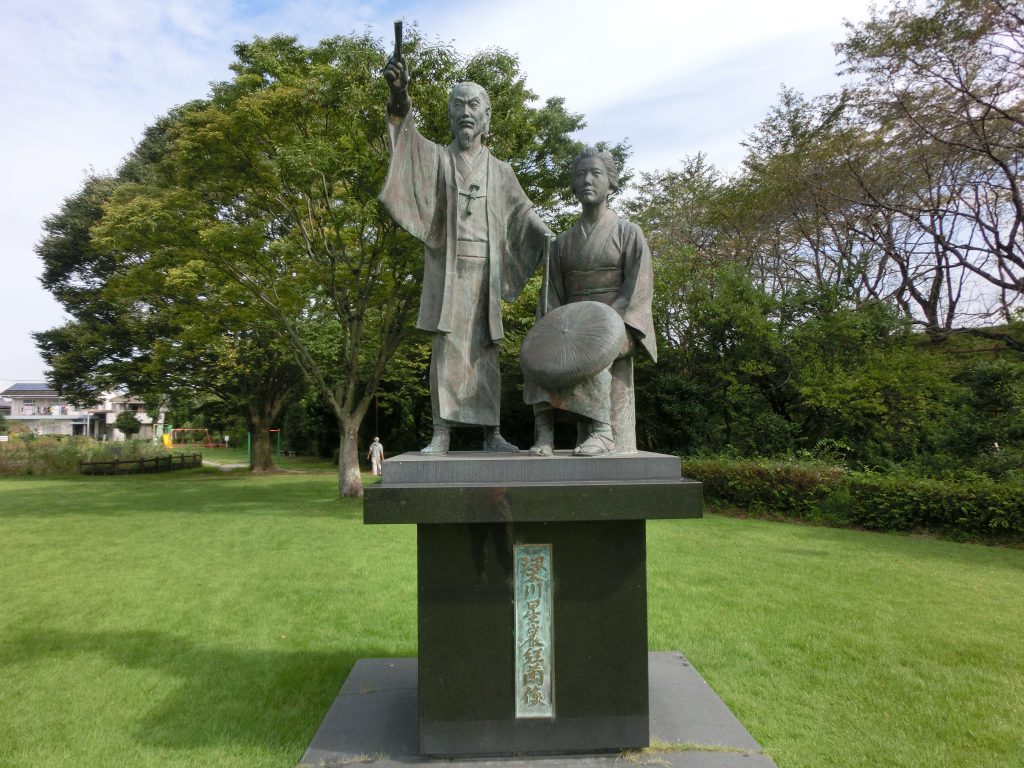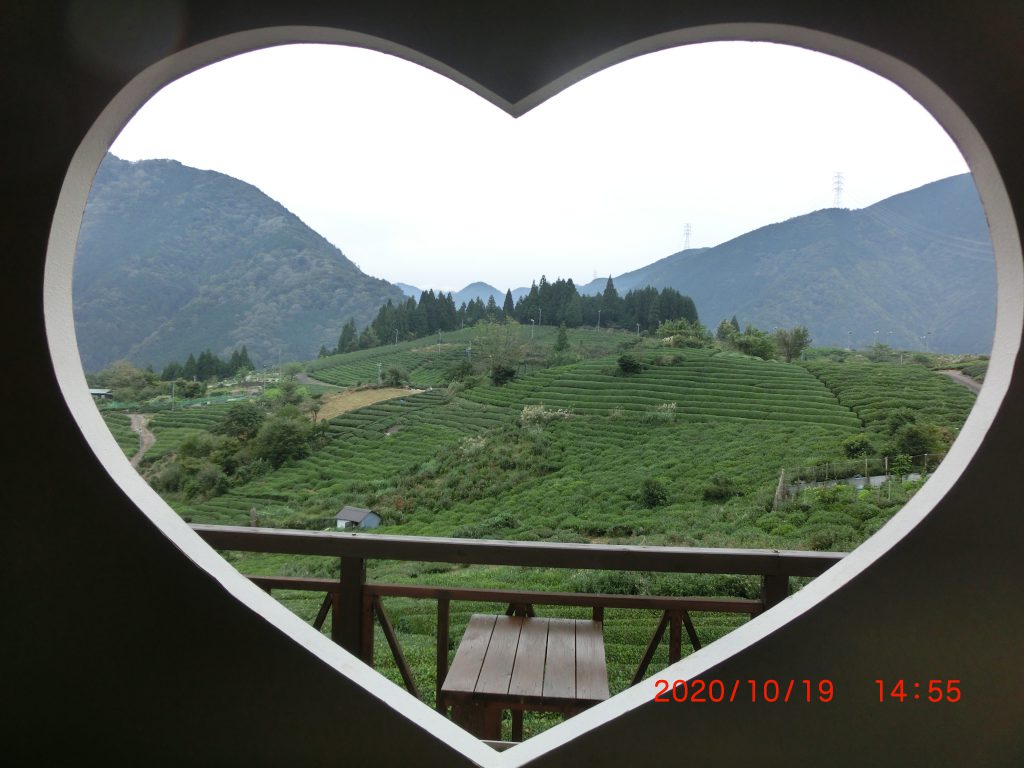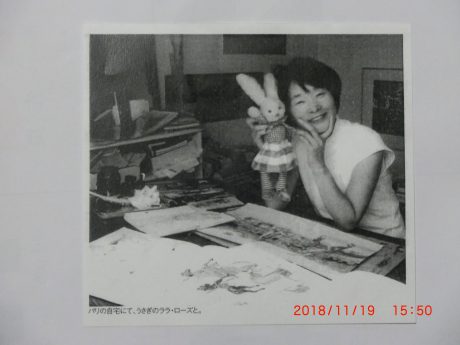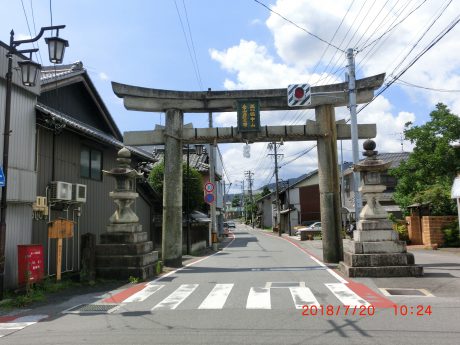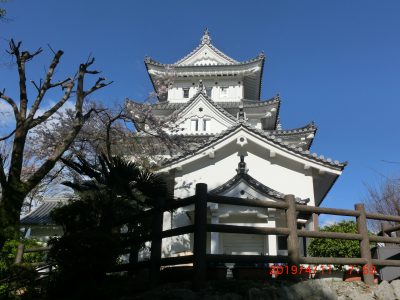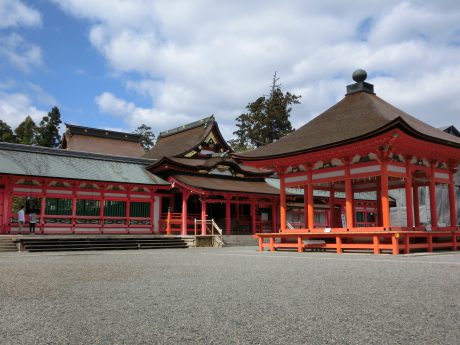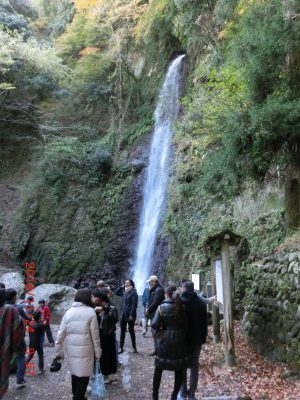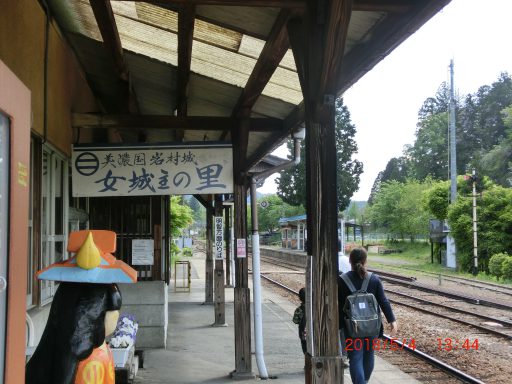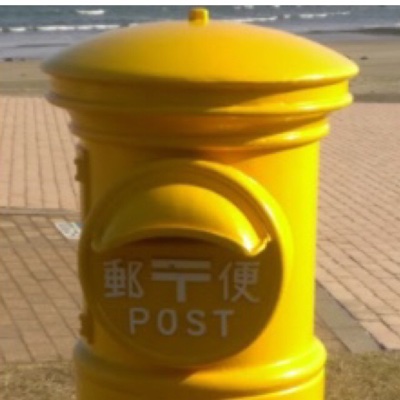
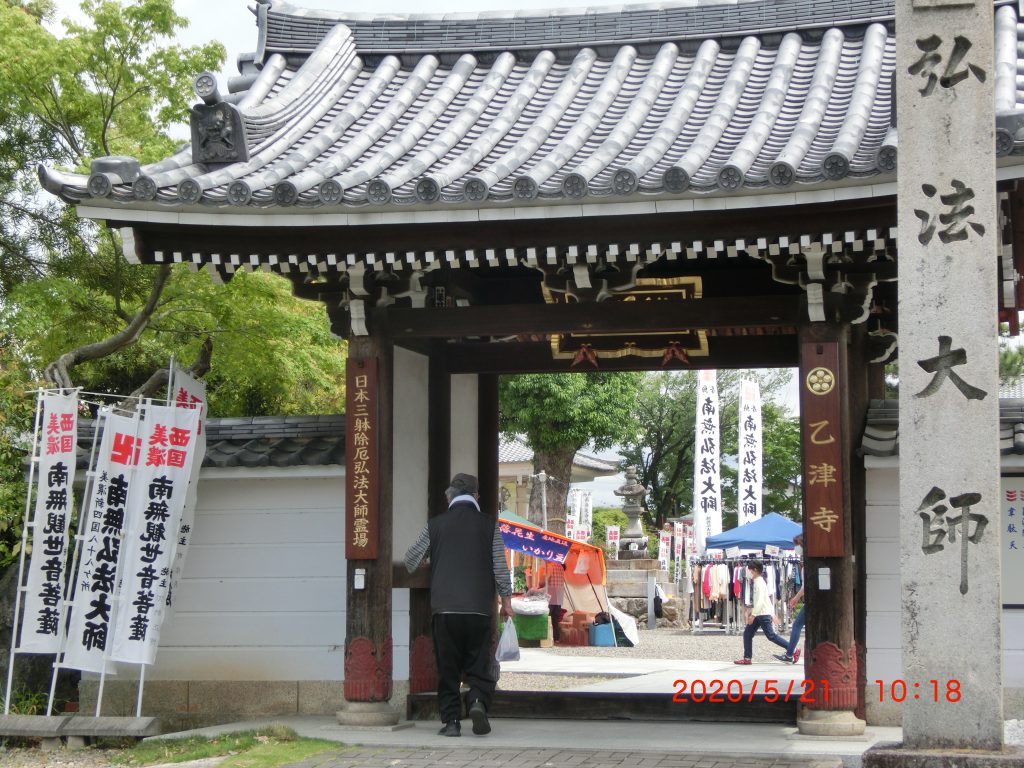
乙津寺と小紅の渡し/立政寺
コンテンツ
KURITA’S PHOTO STORY⑪
(英語訳栗田)
乙津寺
Osshinji temple
縁起
奈良時代、天平十年(738)この辺りはかつて「乙津島」と呼ばれ、海に浮かぶ島でした。この島に行基菩薩が着船し、仏法縁由の地と定め、自ら十一面千手観音像を彫り、草庵を建て安置されました。
During Nara Period, this place was an island called Osshin-jima in the sea.
In 738, a priest named Gyōgi came ashore from a boat to this island. Promptly he decided to root Buddhism here. So he carved an eleven-faced, thousand-handed Kannon and set it in a thatched hut.
平安時代、弘仁四年(813)嵯峨天皇の勅願によって仏法を広めるために弘法大師空海はこの地に御巡錫になりました。
秘法を修される事三七日間、法鏡を龍神に手向けられたところ、滄海がたちまち桑田になりました。よって地名を「鏡島」と呼ぶようになり、寺の名称は島の名前と島の神様「鎮守乙神」に由来し乙津寺と名付け、国家鎮護のため天皇の祈願古道場として七堂伽藍を建立されました。そのため弘法大師が創建開山となっています。
その折、弘法大師は御堂の前に「仏法この地に栄えれば、この枝に枝葉が栄えるだろう」と、さし立てた梅の錫杖は不思議なことに梅の木に成長したので、このことから梅寺とも称します。
弘法大師とゆかりが深い古刹で「鏡島弘法」の名称で親しまれ、京都の東寺、神奈川県の川崎大師と並び日本三躰厄除け弘法大師のひとつと数えられています。
During Heian Period in 813, Kūkai, alias Kōbō Daishi, stopped here on his preaching tour under Emperor Saga’s Imperial order.
After 37 days of secret discipline, when he pointed his magical mirror to the Dragon God, the sea instantly turned into a mulberry field. This was why the place was called Kagashima (mirror island).
The temple was called Osshinji after the island’s guardian god called Osshin.
Then, a new temple with seven buildings complete was constructed as an Imperial seminary, where they pray for the peace of the nation. Kōbō Daishi was the founder.
At that time Kōbō Daishi fixed a crosier made of ume (Japanese apricot)into the earth, saying, “If Buddhism prospers here, this crosier will shoot out its branches.” Miraculously it grew into a ume tree. Because of this, people came to call the temple Ume-Dera (temple).
Osshinji, familiarly called Kagashima Kōbō, is one of the three greatest Kōbōs which ward off physical evils, along with Tōji in Kyōto and Kawasaki Daishi in Kanagawa prefecture.
室町時代後期、天文九年(1540)大洪水などで衰退、天文十四年(1545)鏡島城城主石河駿河守光清が、京都妙心寺の孤岫宗峻禅師を招いて再興。昭和二十年(1945)空襲により御堂など殆ど全焼、御大師様之像を始め仏像は長良川堤に運び出し、戦禍から免れました。それ故に今日まで弘法大師の法燈が受け継がれています。








〇木造十一面千手観音立像 千二百年以上の時を経て現存
〇木造毘沙門天立像 千年以上の時を経た毘沙門天像
〇木造韋駄天立像 およそ八百年前 鎌倉時代の作
三躯は、戦前「国宝」に指定され、戦後、法律の改正により国指定重要文化財となっています。
Nationally designated important cultural property:
Solid-wooden standing images of
① Eleven-faced, thousand-handed Kannon (made more than 1200 years ago)
② Vaisravans, or the god of treasure called Bishamonten (made more than 1000 years ago)
③ Swift-running heavenly warrior called Idaten (made about 800 years ago in Kamakura Period)


昭和33年(1958)に大師堂が再建され、寺とゆかりがある日本画家、堂本印象画伯【昭和36年(1561)に文化勲章受章】67歳の時に墨絵の天井絵「雲龍」を寄贈されました。八方睨みの雲龍、法の雨、仏法の教えを降らすという意味や、火災から護るといわれます。
In 1958 when Daishidō (the main temple) was reconstructed, a 67-year-old Bunkakunshō laureate and master painter Dōmoto Inshō, who has some connection with Osshinji, contributed on its ceiling a black and white sumi painting titled “A Dragon among Clouds”. A dragon glaring in all directions.
The meaning of the painting is as follows. The dragon showers principle and Buddhism preaching. The dragon is also said to protect us from fire.



乙津寺の北側の長良川。1600年8月23日、河(合)渡河の合戦がこの辺りで戦われた。
ミニコミ歴史「河渡川の戦い」編へ
乙津寺の東にある追分・・・左:岐阜街道(湊街道)、右:中山道
小紅の渡し
Obeni-no Watashi
Watashi is a place where a river can be crossed by a ferryboat. This Obeni-no Watashi has been mainly used by people who come to Osshinji from across Nagara River since Edo Period .
Before modern bridges were constructed, we could see watashis here and there. But now Obeni-no Watashi is the only remaining one throughout Gifu City.

2020年2月21日











小紅の渡し辺の草むらには野生の狐が住んでいます。サイクリングしていて見かけたことがあります(島影 智)
立政寺
Ryūshōji temple
永禄十一年(1568)七月、織田信長は、明智光秀と細川藤孝がお供する足利義昭を越前朝倉舘から立政寺に迎えて、「正法軒」を御座所とした。
九月、信長は京都に上り、義昭は十五代将軍に任ぜられた。
In July, 1568, Oda Nobunaga invited Ashikaga Yoshiaki accompanied by Akechi Mitsuhide and Hosokawa Fujitaka from Echizen to this temple. Yoshiaki stayed here for two months.
Then in September, Nobunaga entered Kyōto together with Yoshiaki, whom he duly had appointed shōgun.







